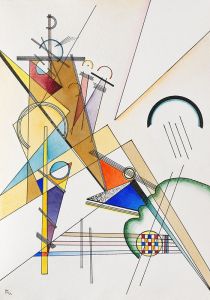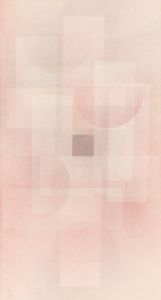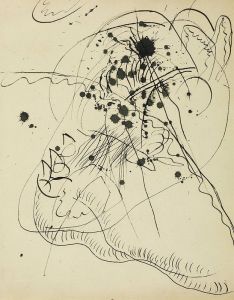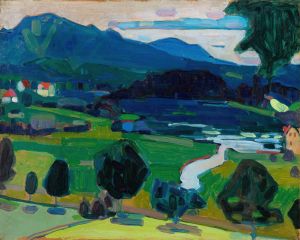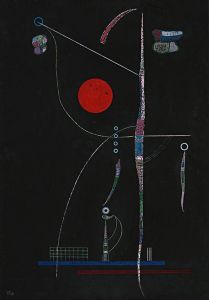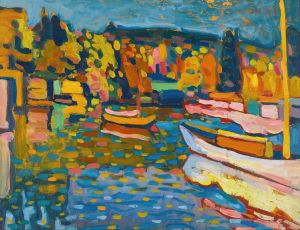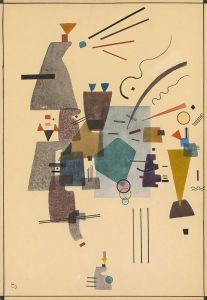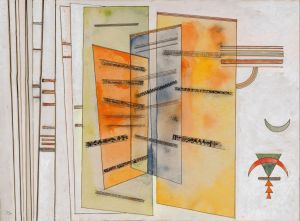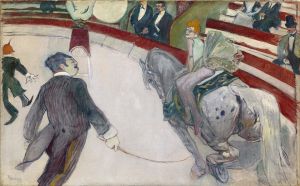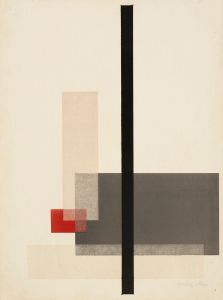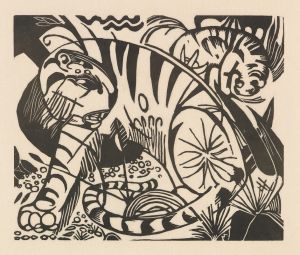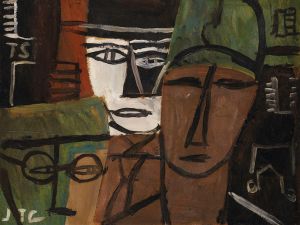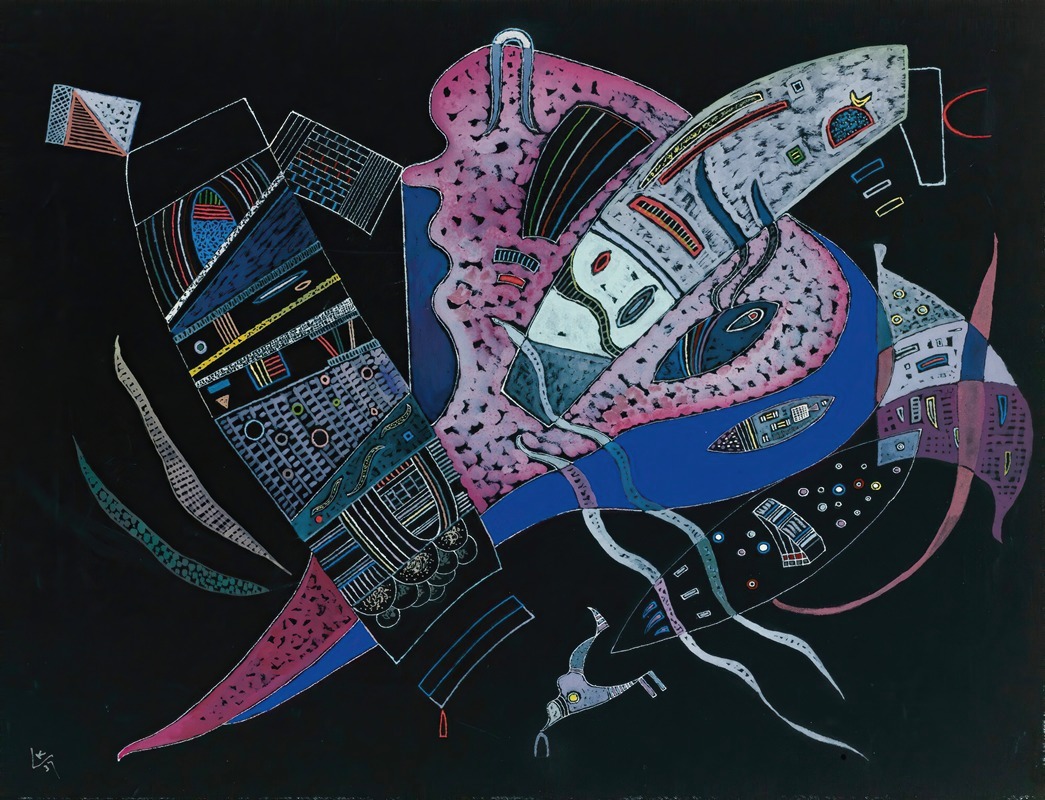
Concentré
A hand-painted replica of Wassily Kandinsky’s masterpiece Concentré, meticulously crafted by professional artists to capture the true essence of the original. Each piece is created with museum-quality canvas and rare mineral pigments, carefully painted by experienced artists with delicate brushstrokes and rich, layered colors to perfectly recreate the texture of the original artwork. Unlike machine-printed reproductions, this hand-painted version brings the painting to life, infused with the artist’s emotions and skill in every stroke. Whether for personal collection or home decoration, it instantly elevates the artistic atmosphere of any space.
Wassily Kandinsky, a pioneering figure in abstract art, created numerous influential works throughout his career. However, there is no widely recognized painting titled "Concentré" by Kandinsky. It is possible that the title might be a mistranslation, misidentification, or an alternate name for a lesser-known work. Kandinsky's oeuvre is extensive, and his contributions to abstract art are well-documented, primarily through his famous works and theoretical writings.
Kandinsky was born on December 16, 1866, in Moscow, Russia, and later became a prominent figure in the development of abstract art in the early 20th century. He initially pursued a career in law and economics but shifted his focus to art in his 30s. Kandinsky's artistic journey took him to Munich, where he studied at the Academy of Fine Arts. His early works were influenced by Impressionism, Fauvism, and Symbolism, but he gradually moved towards abstraction.
One of Kandinsky's most significant contributions to art was his exploration of the relationship between color and form, which he believed could evoke emotions and spiritual responses. His theoretical work, "Concerning the Spiritual in Art," published in 1911, outlines his ideas on the spiritual nature of art and the role of the artist in society. This text is considered a seminal work in the field of abstract art.
Kandinsky was a founding member of the Blue Rider (Der Blaue Reiter) group, which was formed in 1911 with fellow artist Franz Marc. The group sought to transcend traditional artistic boundaries and emphasized the expression of spiritual truths through art. Kandinsky's works from this period, such as "Composition IV" and "Composition V," showcase his move towards abstraction, characterized by bold colors and dynamic compositions.
During his time at the Bauhaus, a progressive art and design school in Germany, Kandinsky further developed his theories on color and form. He taught there from 1922 until its closure in 1933, influencing a generation of artists and designers. His works from this period, such as "Composition VIII," reflect a more geometric approach to abstraction.
Kandinsky's legacy is evident in the impact he had on the development of abstract art and his influence on later movements, such as Abstract Expressionism. His works are housed in major museums worldwide, including the Solomon R. Guggenheim Museum in New York and the Centre Pompidou in Paris.
In summary, while there is no specific information available about a painting titled "Concentré" by Wassily Kandinsky, his overall contributions to abstract art and his exploration of color and form remain significant. His theoretical writings and artistic innovations continue to inspire and influence artists and art enthusiasts around the world.





